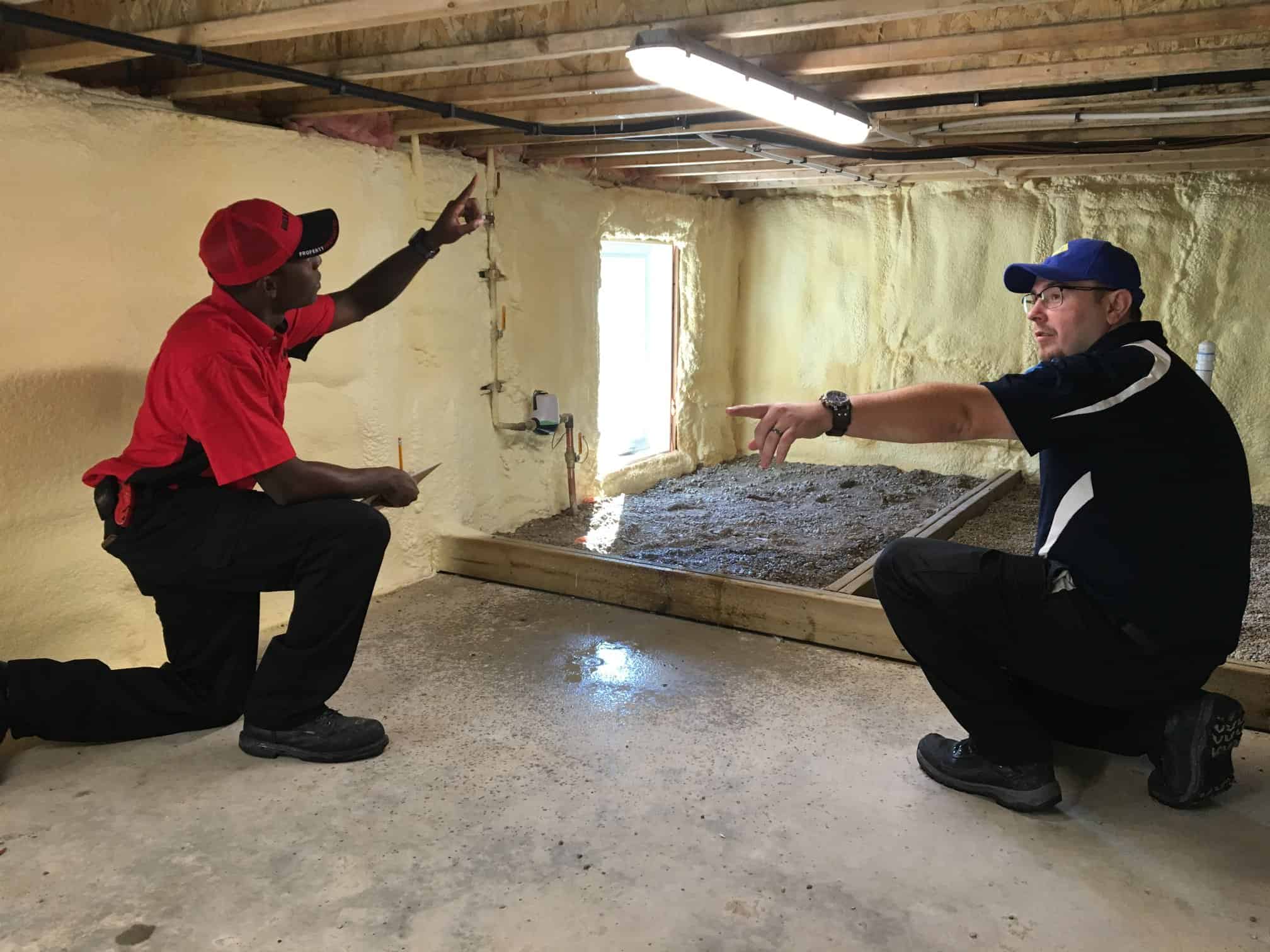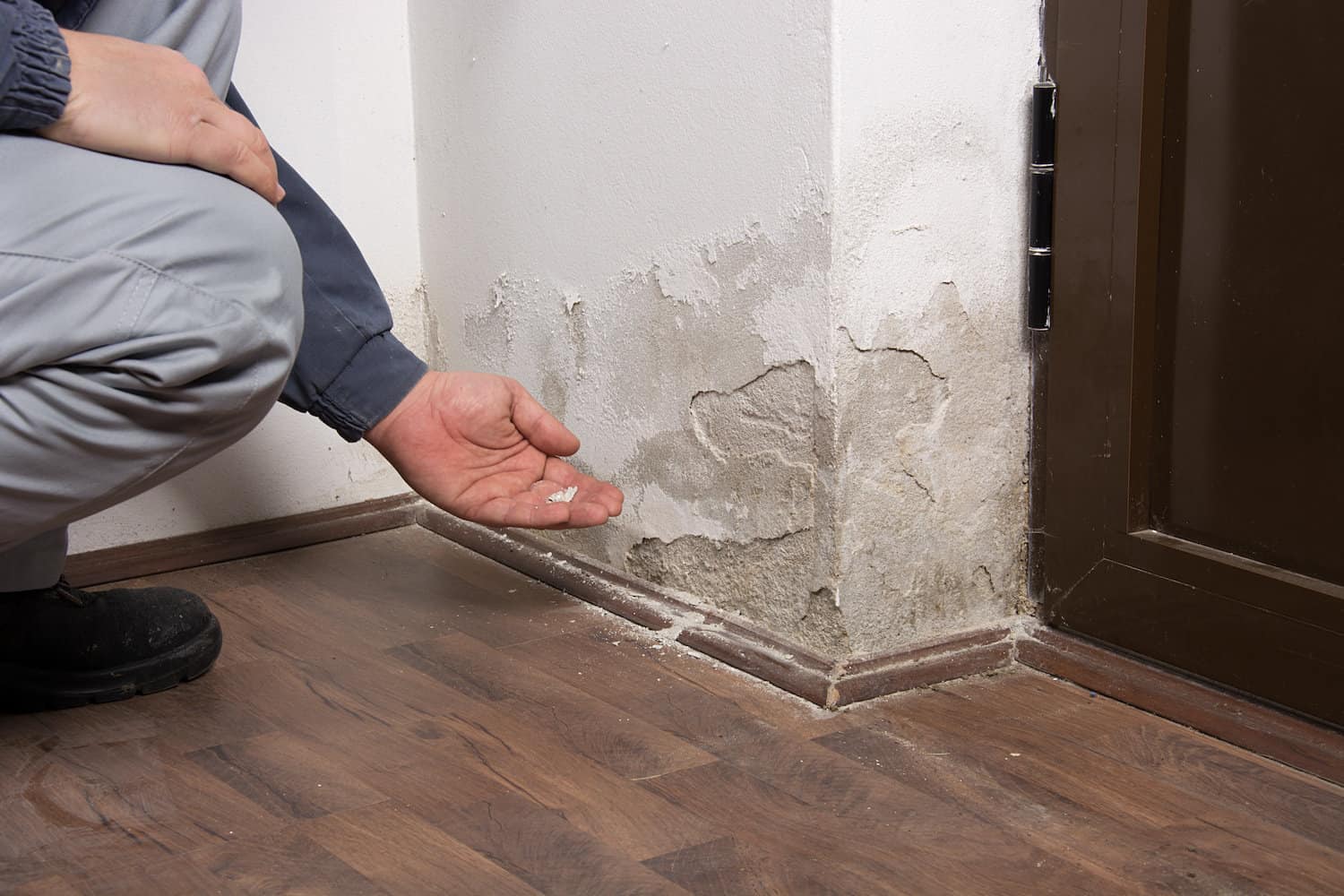Quick Response Emergency Water Leak Repair for Residential and Commercial Needs
Wiki Article
The Process of Water Damages Cleanup: Ensuring Your Home Is Recovered Efficiently
Water damage can be a complicated difficulty for home owners, necessitating a structured and thorough cleanup procedure to bring back safety and capability. damage restoration services. Following this, effective water extraction methods play an essential role in alleviating further harm.Evaluating the Damages
Upon finding water damages, the very first step is to extensively assess the level of the influence. This preliminary assessment is critical, as it assists determine the needed actions for efficient cleaning and reconstruction. Begin by evaluating the affected locations, consisting of wall surfaces, ceilings, floors, and personal belongings, to recognize the resource of the water intrusion, whether from flooding, leakages, or condensation.Recording the damage is essential for both insurance policy cases and preparing repair initiatives - damage restoration services. Usage pictures and created notes to capture the seriousness of the damages, keeping in mind any affected architectural components and products. Pay unique interest to locations that might not be quickly visible, such as behind walls and under carpets, as hidden moisture can result in further issues, including mold development
In addition, evaluate the timeline of the water exposure. The longer the materials stay damp, the better the potential for damage. Comprehending the duration of exposure will inform the seriousness of removal initiatives. Ultimately, a detailed evaluation lays the foundation for an effective water damage clean-up procedure, ensuring that all affected areas are addressed properly and thoroughly.
Water Removal Strategies

Specialists commonly utilize submersible pumps for larger quantities of water, which can swiftly ease flooding in basements or other affected locations. For smaller sized quantities, wet/dry vacuums are usually made use of to remove recurring moisture from carpetings and hard surface areas. Furthermore, utilizing portable extractors enables targeted removal in constrained areas or areas with delicate products.
In instances of infected water, such as sewage or floodwater, progressed extraction methods may involve using biohazard equipment to make certain security and compliance with health and wellness regulations. High-powered removal tools are critical in decreasing water retention in structural products, which can lead to mold and mildew development and structural wear and tear otherwise resolved quickly.
Inevitably, the effectiveness of water removal techniques plays a pivotal role in the overall success of the water damages cleanup process, preparing for subsequent repair initiatives.
Drying and Dehumidification
Once standing water has been successfully extracted, the following critical phase in the water damages cleaning procedure is drying out and dehumidification. This step is vital to protect against further damage and mold growth, which can happen within 24 to 2 days in wet environments.To achieve reliable drying, specialized devices such as industrial-grade air moving companies and dehumidifiers is used. Air moving companies circulate air across wet surfaces, enhancing evaporation rates, while dehumidifiers decrease humidity levels in the air, promoting a favorable atmosphere for drying. The combination of these tools makes sure that wetness is extracted from floors, walls, and home furnishings, permitting them to completely dry completely.
It is essential to keep track of the drying out process closely. Professionals typically utilize dampness meters to assess the dampness web content in different products, guaranteeing that all impacted locations reach appropriate dryness levels. This thorough strategy assists to avoid concealed moisture pockets that could bring about architectural damage or harmful mold and mildew development.

Cleansing and Disinfecting
After the drying and dehumidification stage is full, the next crucial action in water damage cleaning is cleansing and disinfecting the affected areas. This procedure is important to stop the development of mold, microorganisms, and various other microorganisms that grow in damp environments.The cleaning stage generally involves removing any debris, dirt, and contaminants from surfaces using specialized cleansing agents. For tough surface areas, a combination of soap and water or industrial cleaning items is frequently used. Soft materials, such as furniture and rugs, might require more considerable cleaning approaches, consisting of vapor cleansing or deep extraction strategies, to ensure detailed hygiene.

Disinfecting follows cleaning, utilizing EPA-approved anti-bacterials to remove unsafe microorganisms. This action is necessary, specifically in areas that may have come into call with floodwaters or sewage, as these sources can pose significant health and wellness risks.
Additionally, it is very important to resolve any remaining smells, which might require the use of odor neutralizers or advanced methods like ozone therapy. Appropriate cleaning and sterilizing not only bring back the security and health of your home but also prepared for effective remediation and repair services in succeeding phases of the water damage clean-up procedure.
Restoration and Repair Services

As soon as the evaluation is complete, remediation initiatives can begin. This typically entails repairing or changing damaged products, making sure that all work adheres to local building ordinance and standards. If drywall has been endangered, it will need to be eliminated and changed with new material. In addition, flooring may call for similar interest, relying on the level of water direct exposure.
It is essential to involve seasoned restoration experts throughout this procedure, as they have the know-how to take care of complex repair work successfully. In addition, they can help minimize potential future problems, such as mold growth or structural instability, therefore making certain a safe and habitable living atmosphere. Inevitably, reliable restoration and repairs restore the home's integrity and enhance its overall worth.
Verdict
To conclude, the procedure of water damages clean-up is essential for restoring a home to its pre-damage problem. Each stage, from analyzing the damages to carrying out efficient water extraction methods, followed by comprehensive drying, disinfecting, and essential repair services, plays an essential role in making certain safety and security and conformity with building criteria. Efficient execution of these steps not just minimizes instant damage yet likewise enhances the long-term integrity and worth of the home.Water damages can be a difficult challenge for house owners, necessitating a structured and thorough clean-up procedure to restore safety and security and functionality. Eventually, a thorough assessment lays the groundwork for an effective water damage cleaning procedure, guaranteeing that all impacted locations are addressed effectively and completely.
Effective water extraction methods are crucial in reducing damage and stopping further complications adhering to a water intrusion event.In conclusion, the process of water damages cleanup is important for restoring a home to its pre-damage problem. Each stage, from analyzing the damage to executing efficient water removal strategies, adhered to by comprehensive drying, sterilizing, and needed repair work, plays an important role in guaranteeing security and compliance with building requirements.
Report this wiki page